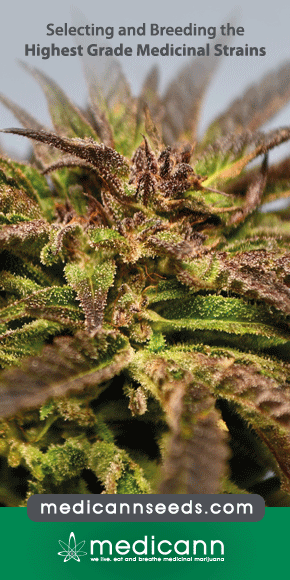Medical Cannabis for the Treatment of Fibromyalgia
Fibromyalgia is a chronic pain syndrome, characterized by chronic musculoskeletal pain, fatigue, and mood disturbances. There are nearly no data on the effect of medical cannabis (MC) treatment on patients with fibromyalgia. After commencing MC treatment, all the patients reported a significant improvement in every parameter on the questionnaire, and 13 patients (50%) stopped taking any other medications for fibromyalgia. Eight patients (30%) experienced very mild adverse effects.


